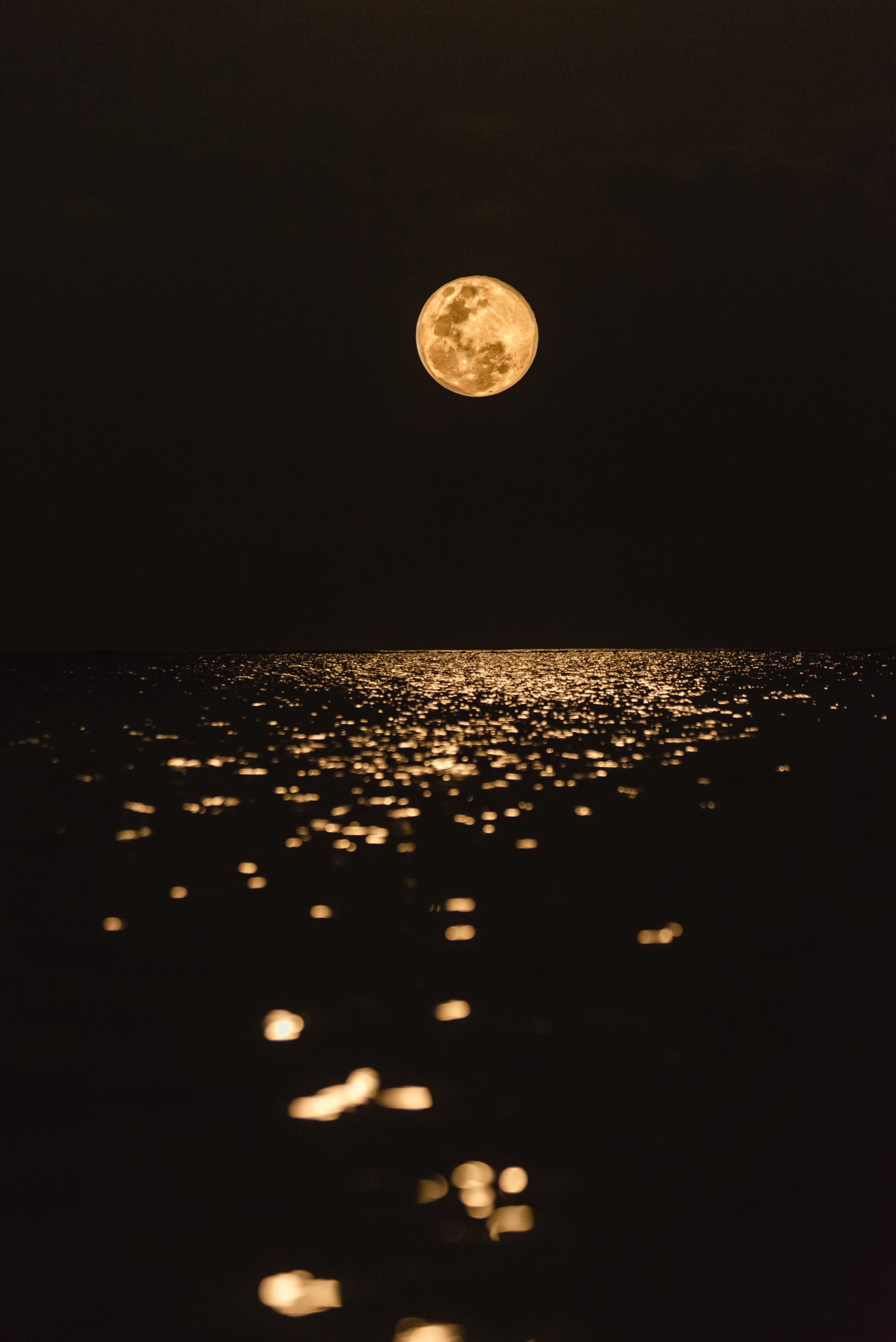Why is there a Cloud Ring Around the Moon?
Many of us have experienced the mesmerizing sight of a cloud ring encircling the moon on a clear night. It’s a fascinating phenomenon that often sparks curiosity and intrigue. But what causes this remarkable celestial spectacle?
The Science Behind the Cloud Ring
The cloud ring around the moon is known as a lunar halo or a moon halo. It occurs when moonlight is refracted by ice crystals present in high cirrus clouds, which are composed of tiny frozen water droplets. These ice crystals act as tiny prisms, bending and dispersing the light in various directions.
When moonlight passes through the ice crystals at a particular angle, it refracts and creates the halo effect that we observe. The shape of the halo is usually circular, with an approximate radius of 22 degrees around the moon.
The Role of Ice Crystals
Ice crystals play a crucial role in the formation of lunar halos. These crystals are naturally present in high-altitude clouds, also called cirrus clouds. Cirrus clouds are thin and wispy and often appear at altitudes above 20,000 feet (6,000 meters), where temperatures are extremely cold, allowing water droplets to freeze into ice crystals.
These tiny ice crystals come in various shapes, including hexagonal columns, plates, and even needles. Their geometric structure and the angles they create during light refraction contribute to the formation of the distinctive halo around the moon.
Light Refraction and Scattering
When light passes through a medium, such as air, it undergoes refraction, causing the light rays to bend. This bending depends on the wavelength of the light and the characteristics of the medium. In the case of a lunar halo, the ice crystals act as the medium through which the moonlight passes.
As light enters an ice crystal, it refracts or bends as it changes speed and direction. The refraction occurs because the speed of light is slower in the crystal than in the surrounding air. The bent light rays then exit the crystal surface, resulting in the dispersion of light.
Additionally, the light rays can scatter within the ice crystals, reflecting off the interior crystal surfaces. This scattering further contributes to the dispersion of light, enhancing the halo effect around the moon.
The Formation of the Halo
To understand the specific conditions required for a lunar halo to form, we need to consider two essential factors – the orientation of the ice crystals and the position of the observer.
Firstly, the orientation of the ice crystals is crucial in determining whether a lunar halo will be visible or not. The hexagonal shape of the ice crystals is particularly significant, as it leads to a unique pattern of light refraction. When the hexagonal ice crystals are randomly oriented in the cloud, the collective effect of their refraction creates the circular halo shape.
However, the hexagonal plates must be aligned horizontally to form the 22-degree radius halo around the moon. Vertical alignment would create a similar effect, but with a different angle and shape.
Secondly, the position of the observer also plays a role. To witness a lunar halo, one needs to be positioned between the moon and the cloud of ice crystals. If you happen to be standing directly under the cloud, the halo will not be visible as the light is refracted away from your line of sight.
Other Atmospheric Optical Effects
While the cloud ring around the moon is one of the most common atmospheric optical phenomena, it is not the only one. Several other fascinating phenomena occur due to the interaction of light with various atmospheric conditions.
One of these phenomena is a sun halo, similar to a lunar halo but occurring around the sun. It follows the same principles of ice crystal refraction and scattering. Sun halos typically appear as bright circles around the sun, often accompanied by vibrant colors.
Other atmospheric optical effects include coronas, light pillars, and sun dogs (parhelia). These phenomena are caused by different mechanisms, such as diffraction, reflection, and refraction through water droplets or ice crystals in the atmosphere.
Conclusion
A cloud ring around the moon, or lunar halo, is a captivating sight that occurs due to the refraction and scattering of moonlight by ice crystals present in high cirrus clouds. The hexagonal structure of the ice crystals and their orientation are essential for creating the distinctive circular halo shape. The next time you witness a cloud ring around the moon, take a moment to appreciate the beauty of this atmospheric optical phenomenon.
Table of Contents
